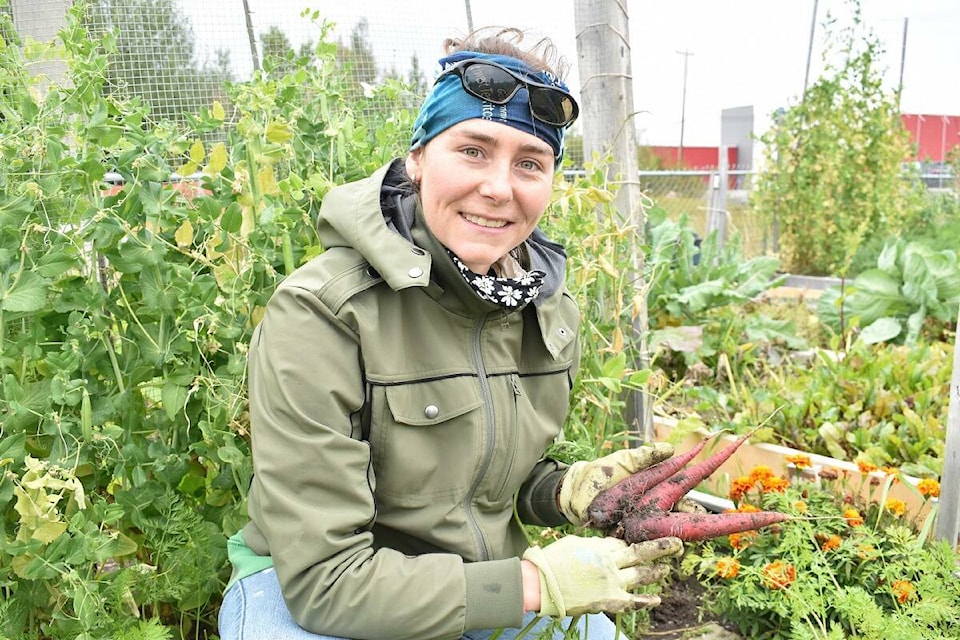Yellowknife city councillors spent another meeting discussing backyard chickens and other livestock as well as temporary housing for workers on March 7.
The Governance and Priorities Committee of council spent a significant amount of time on how the draft zoning bylaw treats urban agriculture.
The farm talk was part of a broader discussion at the meeting about feedback collected during public consultations ahead of advancing the draft bylaw to second and third reading.
During a hearing Nov. 27, 2021, the city received 21 written and eight verbal comments opposed to the changes proposed in the zoning bylaw update, four verbal comments that were partly supportive and partly opposed, and eight written and six verbal comments that were supportive.
Those comments were presented to the governance and priorities committee of council first on Feb. 14. At Monday’s meeting, the city’s administration returned with responses and proposals related to questions councillors asked on Valentine’s Day.
Urban agriculture was fertile ground for germane conversation as photos of scarcely stocked shelves in city grocery stores have circulated on social media in recent weeks.
Fireweed Farm, Le Refuge Farm and EIEIO Farm were listed as “great examples” of for-profit agricultural businesses in an RC-1 zone by Rob Locke, the city’s manager of planning and land.
The bylaw includes in “community” any individual, family, school, hospital or garden organization “who is growing and raising food for shared personal use and/or sharing with community food and health programs.”
And, crucially: “Product generated from community urban agriculture activities may be sold as a commercial product.”
If the proposed wording is accepted, personal or community greenhouse or gardens would be allowed, including “small animals including hens, ducks, quail, rabbits, goats and pigs as well as bees and insects.”
According to Locke, it’s about scope and scale: a commercial operation is clearly just that given the size, and would not be allowed in a residential area.
From the report: “Personal use of backyard chickens or bees is permitted; the commercial operation of a feedlot, livestock yard or abattoir are not permitted.”
Mayor Rebecca Alty said she wants to make sure there is enough agriculturally zoned land in the city, noting that Kam Lake may not be an ideal place for a farm given the “concerns” GNWT health and safety officials have about trucked water service and the limited amount of land that tends to come up for sale in that area.
“I don’t want the city to be the barrier to those urban agriculture” start-ups, Alty said during Monday’s meeting. She mentioned Sweet Ride Honey, which was “a commercial beehive in the RC-1 zone. Are we going to allow more businesses like that?”
Housing for workers
Coun. Niels Konge, who owns a construction company and is council’s sole representative on the city’s Development Appeal Board, said the zoning bylaw could save builders millions if it were more flexible and allowed more types of temporary housing for work crews.
“That’s where we need to look at as council,” he said. “There are no rentals. There are 19 houses on the market right now. We have to do something and I don’t think we go far enough. Are you going to buy all 19 houses?”
Konge said the zoning bylaw should include language that would allow for temporary accommodations for migrant construction crews. He said regular buildings or “camp-style” housing should be allowed, as long as it complies with the National Building Code.
“Let’s pick on AVENS,” he said, referring to the seniors community about to add a massive expansion. “That’s a 14- or 16-month project. They’ll probably have to bring up 40 people? We could drop $1.5 million off the price of that project (if they could avoid renting hotel rooms for the workers) if we had a more flexible zoning bylaw.”
How do you expand the city’s tourism offerings when there’s no accommodations for the workers needed to come here and build more accommodations, he asked.
“We have to think about our own projects, too,” Konge said. “How many people do you think it’s going to take to build the pool? And where are those people going?”
City manager Sheila Bassi-Kellett took the issue under advisement.
Discussion on those and other points of contention in the draft zoning bylaw will come up again when the committee meets virtually on March 14 and 21, and in person on March 28. There is also a virtual council meeting scheduled for the evening of March 14.
“Hopefully after April 1 we won’t have to wear our masks in council chambers anymore,” Alty said.
